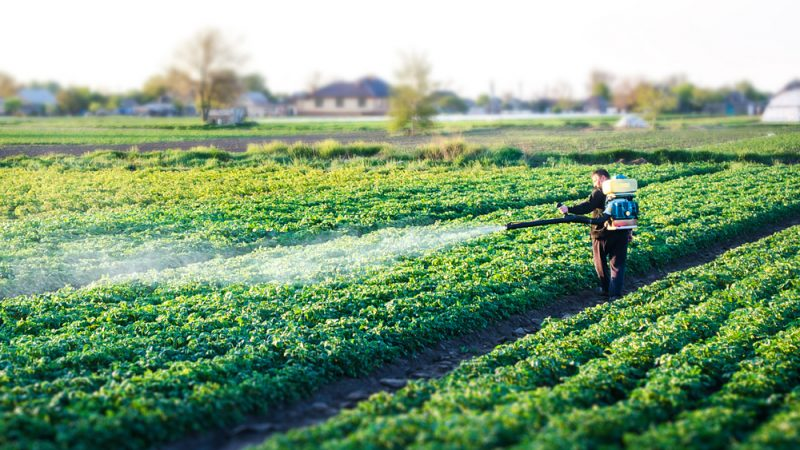HIDDEN COSTS OF GLOBAL AGRI-FOOD SYSTEMS

Copyright infringement not intended
Picture Courtesy: www.euractiv.com
Context: The FAO report revealed staggering hidden costs of over $10 trillion in global agri-food systems, with middle-income countries like India bearing nearly 11% of this burden in their GDP.
Details
- The United Nations Food and Agriculture Organization (FAO) report, titled "The True Cost of Food: Measuring the Environmental and Social Costs of Food Production and Consumption," reveals the staggering hidden costs associated with our current agri-food systems. These costs, totalling over $10 trillion annually, encompass a wide range of environmental and social impacts.
- The hidden costs are borne not only by the environment and public health but also by farmers and communities worldwide. In middle-income countries like India, these costs constitute nearly 11% of the GDP, hindering economic development and exacerbating poverty.
Hidden Costs of Agricultural Production
- The global agri-food system involves complex processes from agricultural production to food consumption. While it provides sustenance for billions worldwide, it also generates hidden costs that often go unnoticed or are inadequately accounted for. These hidden costs can be environmental, social, and economic in nature.
Environmental Costs
- Land Degradation: Intensive farming practices often lead to soil erosion, depletion of nutrients, and loss of arable land, impacting future agricultural productivity.
- Water Depletion and Pollution: Agriculture accounts for a significant portion of water usage globally. Overuse of water resources and contamination through pesticides and fertilizers result in water scarcity and compromised water quality.
- Biodiversity Loss: Monoculture and large-scale farming reduce biodiversity by favouring a few select crop varieties or breeds, endangering ecosystems and threatening the survival of many plant and animal species.
- Deforestation: Expansion of agricultural lands, especially for livestock grazing or cash crops like palm oil and soy, leads to deforestation, which contributes to climate change and loss of habitat for many species.
- Climate Change: Agri-food systems contribute to greenhouse gas emissions through activities like livestock production, deforestation, and the use of synthetic fertilizers, exacerbating climate change.
Social Costs
- Health Impacts: Industrialized farming often involves the use of pesticides, hormones, and antibiotics, leading to health issues for farmers, workers, and consumers. Additionally, poor nutrition due to the dominance of certain crops can lead to health problems.
- Labour Exploitation: In some regions, especially in developing countries, agricultural workers, including migrant labourers, face exploitative working conditions, low wages, and inadequate safety measures.
- Rural Displacement: Large-scale agriculture and land consolidation can displace rural communities, affecting their livelihoods and cultural identities.
- Food Insecurity: Paradoxically, in a globalized food system, food insecurity persists due to unequal distribution, market fluctuations, and limited access to nutritious food for marginalized populations.
Economic Costs
- Subsidies and Externalities: Governments often subsidize agri-food industries, which can distort market forces and lead to overproduction, environmental degradation, and unsustainable practices.
- Supply Chain Vulnerabilities: Dependency on global supply chains can make food systems susceptible to disruptions, such as climate-related events or geopolitical conflicts, leading to price volatility and food shortages.
- Waste and Losses: Significant portions of food are wasted at various stages of the supply chain, from production to consumption, leading to economic losses and environmental impacts.
Conclusion
- Understanding the hidden costs is crucial for implementing policies and practices that address the negative impacts of agri-food systems. Sustainable agricultural practices, investment in local food systems, improved regulations, and consumer awareness are essential to mitigate these hidden costs and create a more equitable, resilient, and sustainable food system.
Must Read Articles:
THE IMPACT OF DISASTERS ON AGRICULTURE AND FOOD SECURITY: https://www.iasgyan.in/daily-current-affairs/the-impact-of-disasters-on-agriculture-and-food-security
|
PRACTICE QUESTION Q. How can sustainable agricultural practices contribute to addressing global food security challenges while minimizing environmental impact and promoting long-term resilience in the face of climate change? |





1.png)
